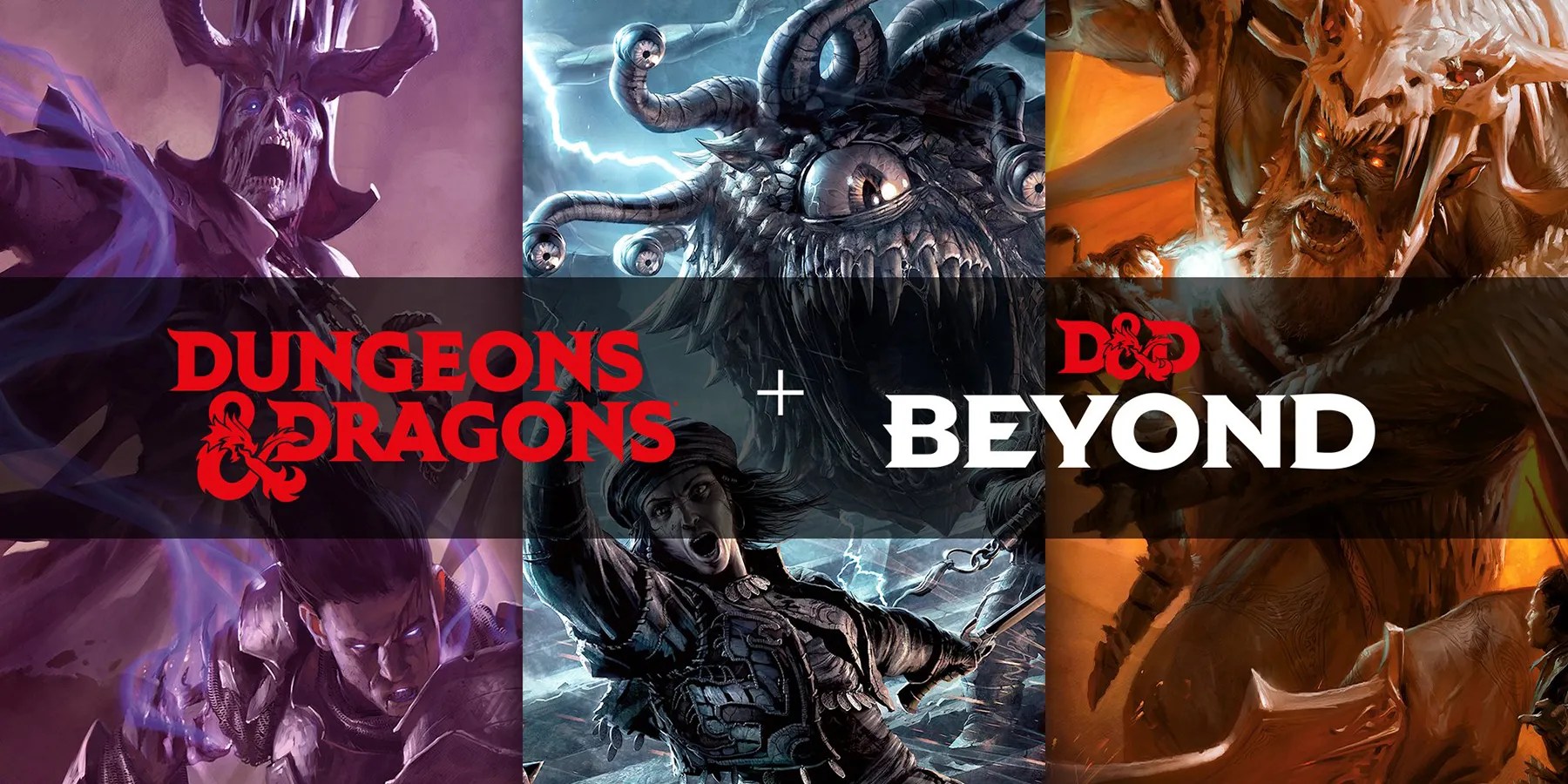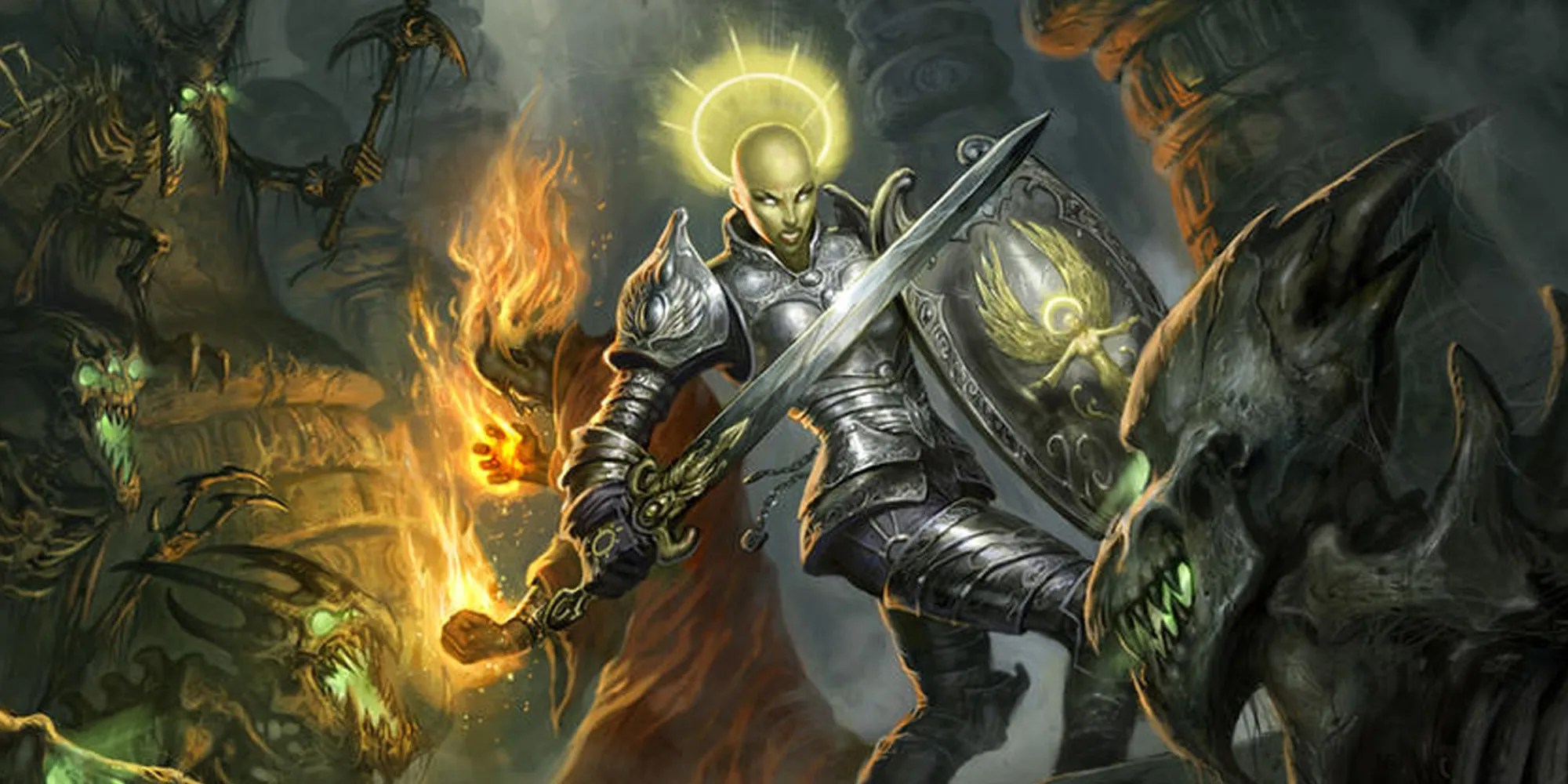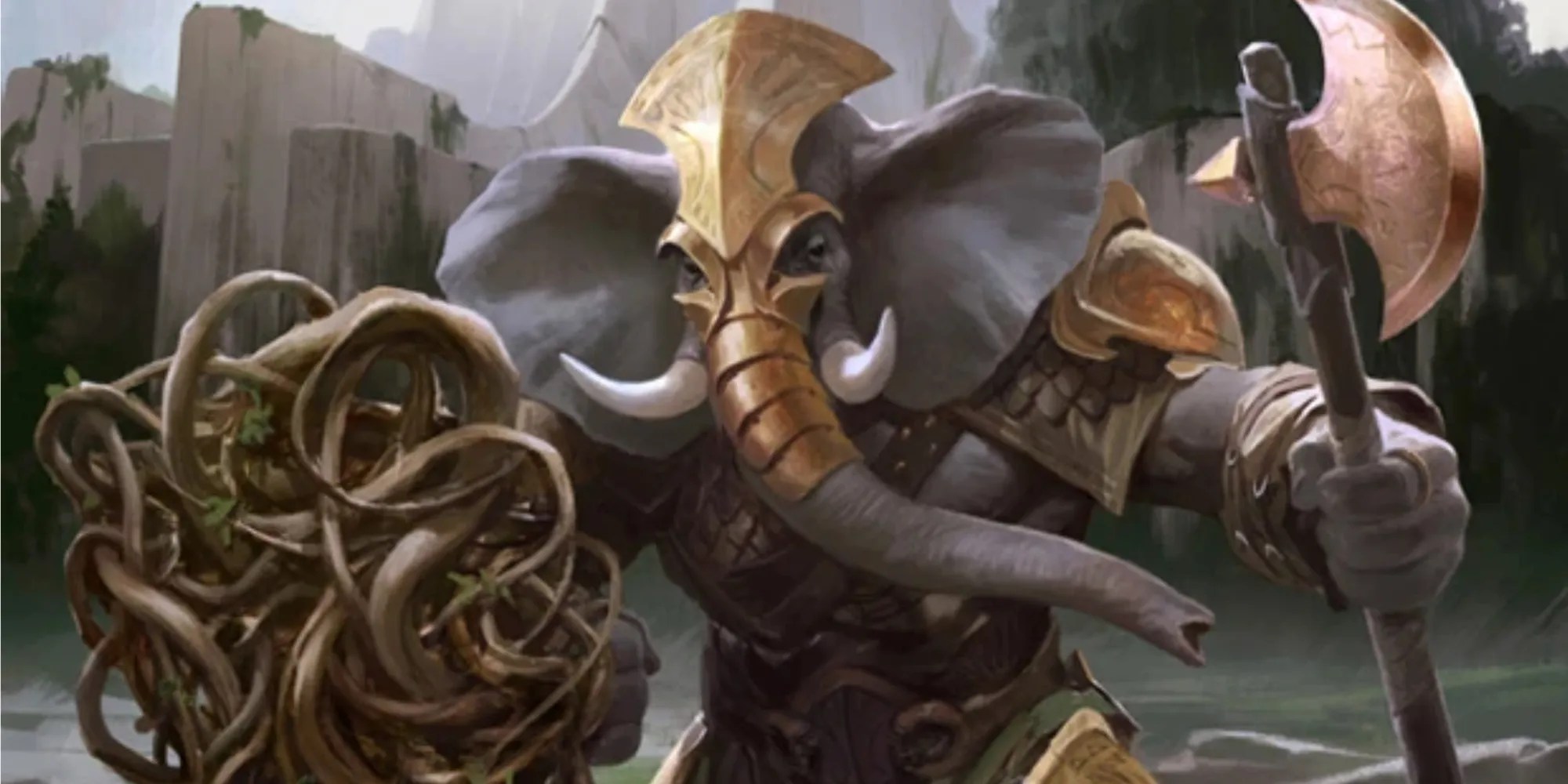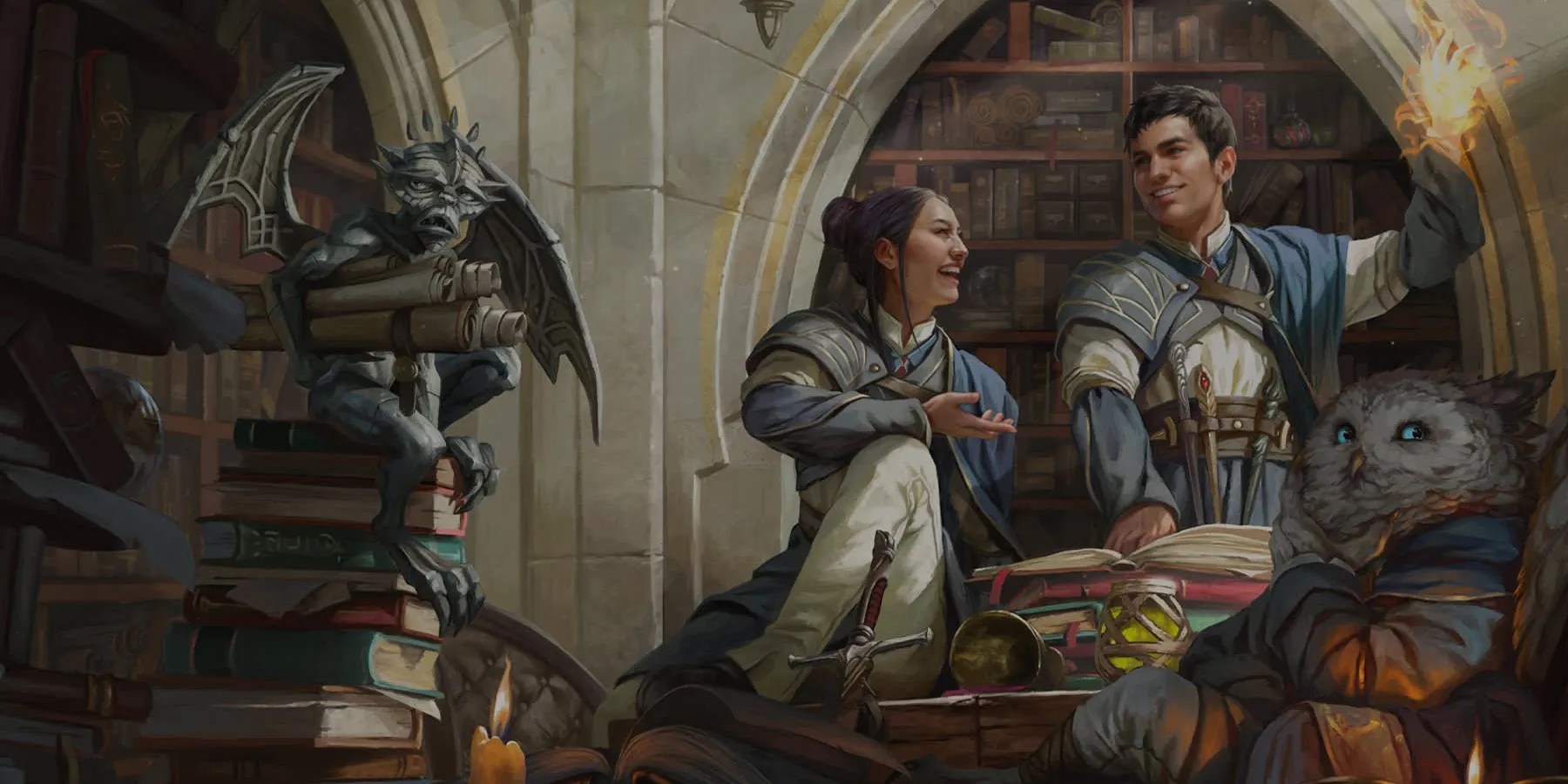Summary
Dungeons and Dragonsis one of the deepest and most expansive games in existence, and that level of depth and possibility can often feel overwhelming. Sometimes, when there are seemingly limitless options, it can be much harder to make decisions than if there were fewer, more streamlined choices since imagination brings it all together inDungeons & Dragons.
Character creation is one of the elements in the game that most exemplifies these aspects, with it being made even tougher by the fact that it’s the first thing players have to do, they may nothave a DM guiding them, and the fact that they will be committed to what they make for a potentially long time. Luckily, this process can be as simple or as intricate as a player wants it to be.

10Use Online Tools
Sites Like DnD Beyond Streamline The Entire Character-Making Process
Immediately, before players start concocting their new hero, they should explore the massive surplus of sites and apps they have available to them. Websites likeD&D Beyondand apps like the official Wizards of the Coast 5E app make the hardest parts of character creating a breeze.
Players will still have to decide their race, class, and personality, but all thedice rolling and number crunchingwill be done for them, saving a ton of stress and time.

9Play A Pre-Rolled Character
There Are Hundreds Of Deep, Balanced, Or Hilarious Characters To Choose From
If the player is way more interested in the role-playing part of the game, there is nothing wrong with just using a finished character. Websites likeDrive-Thru RPG and the official D&D sitehave plenty of character sheets available to download.
These are typically well-balanced and ready to play immediately. Plus, many of them are editable, so if a player wants to make any changes big or small they can adjust it, instantly making it more specific to their own play-style.

8Randomly Generate A Character
Play With A Wild & Random Character Based On Chance
If a player hasplayed a multitude of campaignsand can’t decide on what character they want to try next, they can let fate decide. There are sites like DnD Beyond that have impressive random character generators.
These will produce a balanced character ability-wise, but will also create a backstory and motive for them. Then, the player can make adjustments to refine the character, or just generate more until one inspires them.

7Play To The Character’s Class And Abilities
Make Stat Choices Influenced By A Character’s Personality
Every race and class comes with lore to read that can be used as a jumping-off point or can be used in full. If a player is stuck on how they want to play their character, but they have a race, class, or style they know they want to focus on mechanically, they can work backward to find their personality or backstory.
For example, if playing a cleric sounds interesting, the player can look over their support and healing spells and then just think of what type of person (or being) would know these things or want to use them. Maybe this character was some sort of doctor before heading out on this next quest.

6Try A Classic Subversion
Opposites & Irony Make A Great Character Foundation
If playing a Stoic adventurer ortrope-heavy warriordoesn’t seem fun or unique enough, players can always hone in on something classic and then subvert the expectations of it. This could mean playing as a barbarian or warrior who is terrified and conflict-averse despite their power, or a rogue who is obsessed with stealing, but not when it comes to valuables like gold coins.
Taking something recognizable and spinning it in a new direction is fun for the rest of the party, and gives the player an easy route when trying to figure out what they should be doing. Bonus points if they can manage to lean into the tropes up until the moment the subversion is revealed.

5Copy A Beloved Character
Characters From Other Franchises Are Great Blueprints
A fun route can be for the player to choose one of their favorite characters from a different piece of media and then base their character on them. Tons of movie andvideo game characterswould still be excellent if transferred into a fantasy story, like Snake Plisken fromEscape From New Yorkor Nathan Drake fromUncharted.
Players just need to change the name and adapt it to fit the setting of their campaign. As the sessions pick up, the character will naturally change and become more unique, keeping it from being too predictable or getting pigeonholed.

4Get A Job
Add Skill & Backstory To A New Character
A unique way to build a character is to choose what job they had before the campaign. Players can think of a fantasy job they think is interesting or pick a real-life job they’d love to translate into the world of their campaign.
Then, players just need to figure out why their character was fired, or why they want to try something new, and they have something their character is an expert on, has been doing until the quest, and something they have a strong emotional reaction towards.

3Play What You Know
Becoming A Powerful Version Of One’s Self Can Be Immersive & Fun
If playing a complex fictional character seems too daunting, players can insert themselves into the narrative. They can go through a character-building site or app and choose what they feel best translates their own personality into this fantasy world. Then, they can make all their decisions as they would in real life.
The simple spin on this is to play the opposite. Players can take the same ideology only to make and play the closest to the opposite of themselves that they are capable of, to enter a different mindset from themselves and do a 180 on each decision.

2Don’t Overwrite The Character’s Backstory
A Blank & Clean Slate Helps To Not Confuse The Character’s Narrative Direction
An easy mistake players often make when creating a new character is thinking they need a complex, interesting, funny, or dramatic history for their character. This takes a lot of extra thought and can sometimes conflict with the story that the Dungeon Master is hard at work preparing.
Life-changing events can happen at nearly any timein a D&D campaign. Coming in with a character that is new to adventuring or seems generic on the surface often works out fine as the player and the DM can then work together to find their motivations, personality traits, and quirks as they grow during the campaign.

1Come Up With Flaws
Flaws Add Layers To A Character
The most well-rounded characters in any medium are defined by their flaws as much as their strengths. A crucial flaw can be used as much or as little as a player wants or needs.
Players can come up with a weird or specific quirk that will be noticeable but not constantly irritating to the table, or come up with fears or things their character has never succeeded at. Then, players can think about why or how their character got these traits and, instantly, they have a backstory as well as a recurring role-playing focus to keep them engaged with their character.